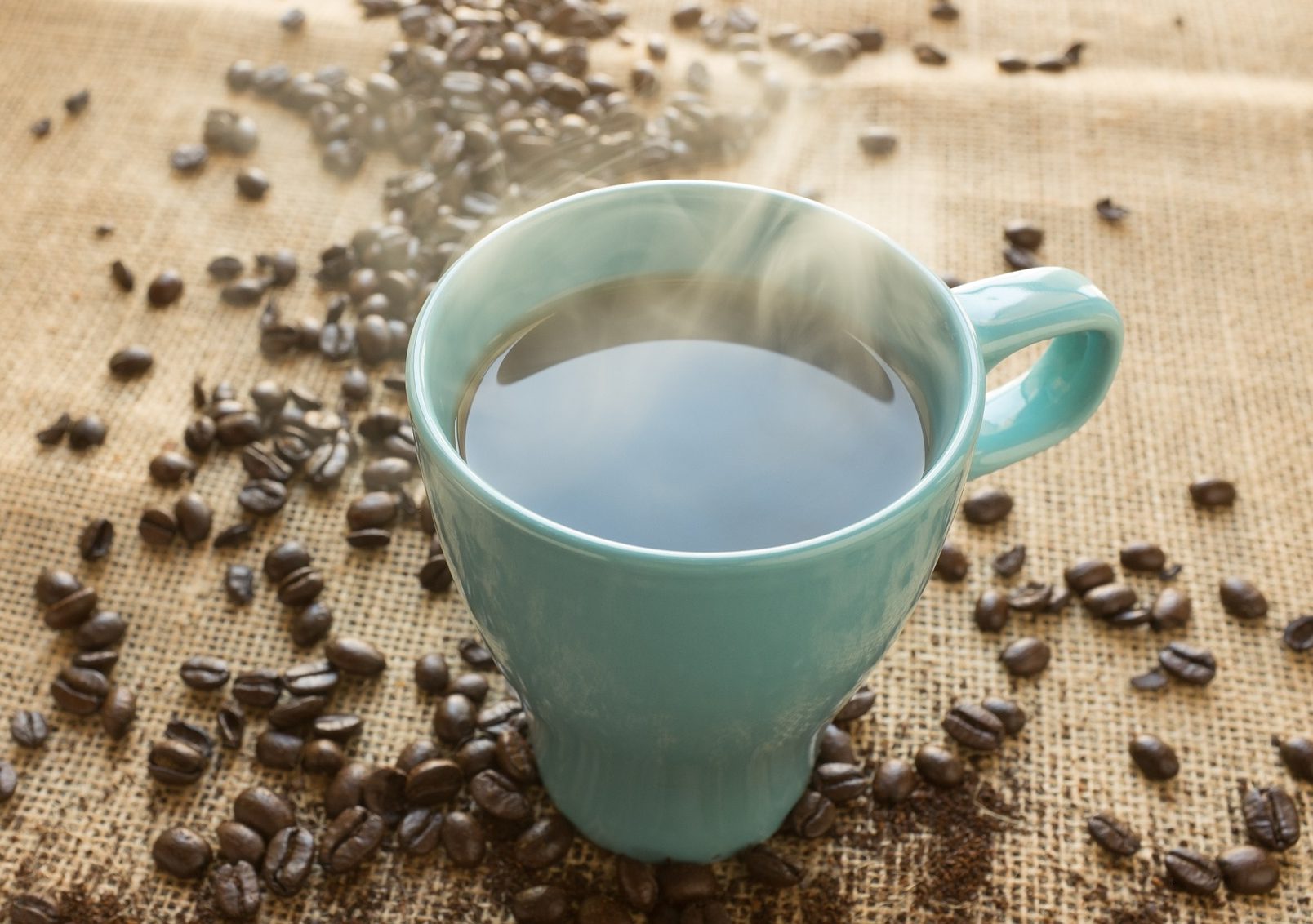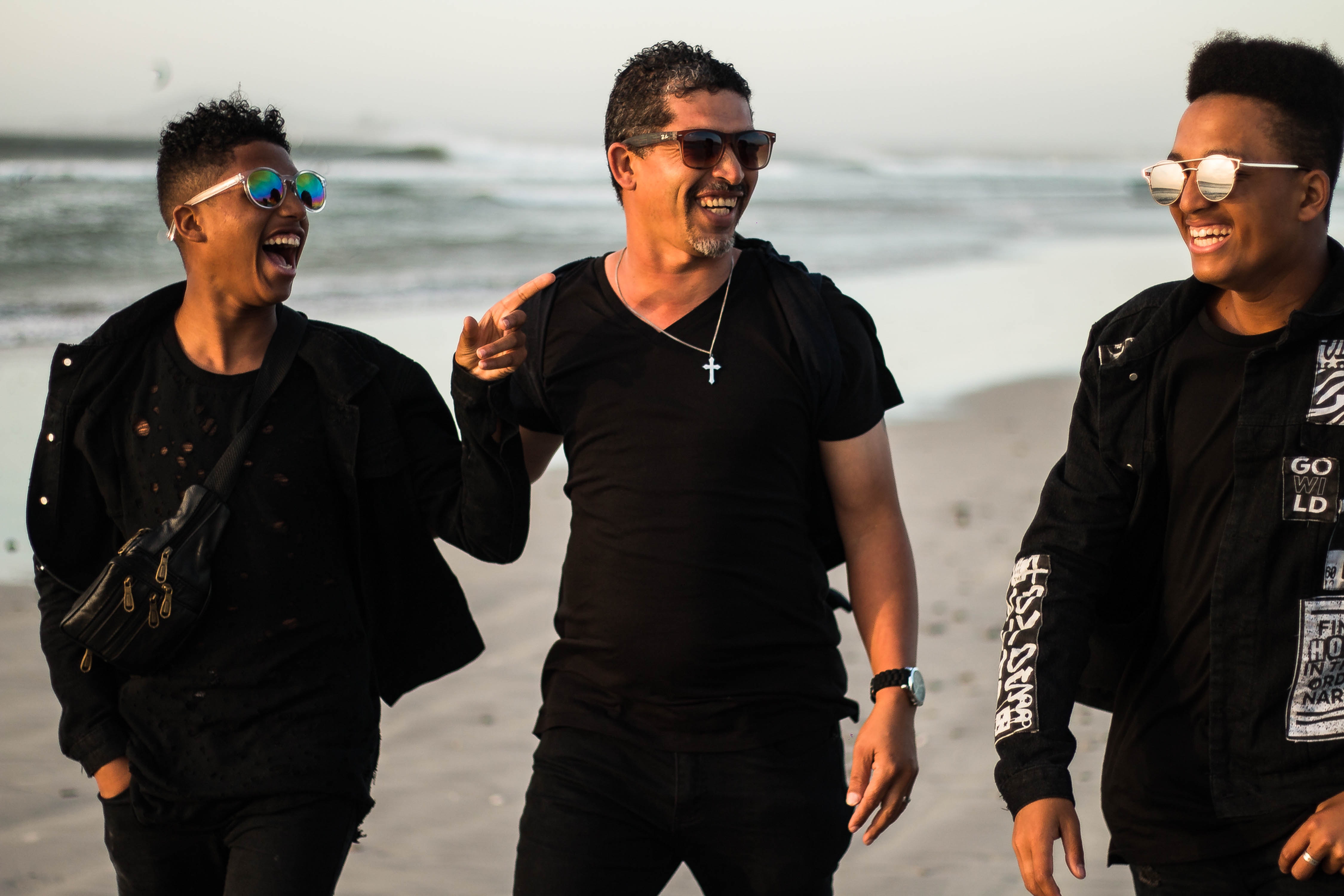
School’s out for the summer and I’m not just celebrating my vacay freedom, I’m also celebrating the fact that I didn’t die from the insane amounts of caffeine I consumed in a span of one week in the name of finals.
A South Carolina teen, Davis Cripe, died after consuming a large soft drink, a latte and then an energy drink all in less than two hours. Cripe collapsed at his high school and later died at a hospital. A coroner concluded that he died from a caffeine overdose.
Caffeine is not just in coffee, it can be found in tea, soda, energy drinks, some candies, energy granolas, some ice-creams, yogurt, chocolate and over-the-counter caffeine pills…sounds like all the things one could binge on while stressing over something (like a test).
Mayo clinic’s recommendation of caffeine consumption that’s safe for most healthy adults is 400 mg a day – almost the amount of caffeine in four cups of brewed coffee, or 10 coke cans.
The tell tell signs that you could have consumed more than enough caffeine are having a fast heartbeat, nervousness, upset stomach, restlessness, frequent urination or inability to control urination and muscle tremors.
The more severe symptoms that require immediate medical attention are trouble breathing, vomiting, hallucinations, confusion, chest pain, irregular or fast heartbeat, uncontrollable muscle movement and convulsions.
A caffeine overdose can be treated. The method is to get the caffeine out of the body while managing symptoms. Activated charcoal or a laxative can be used depending on whether the caffeine has entered your GI tract or not. Mild symptoms can be treated with drinking water or taking foods high in potassium or magnesium like bananas or dark leafy greens. Also, your heart rate is monitored on an electrocardiogram (EKG) during treatment.
The treatment has to be given immediately otherwise you could suffer irreversible health complications, cardiac arrest, a comma or death.
Find out how much caffeine you’re consuming and check out these natural alternatives to coffee.






